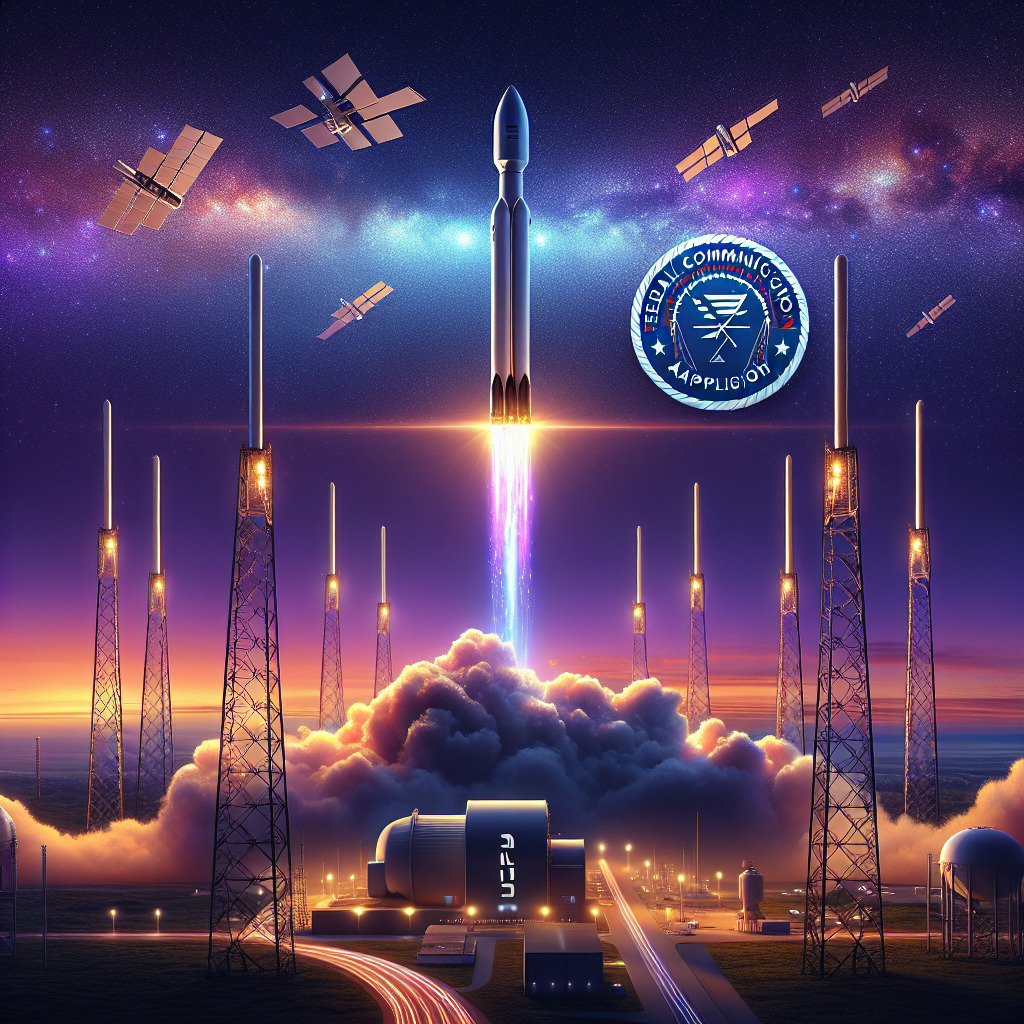Key Takeaways
- FCC approves SpaceX’s Gen1 Starlink satellite upgrade on August 16, 2024.
- New satellites to feature Gen2 tech with enhanced beam-forming.
- SpaceX to replace current Gen1 satellites for better broadband capacity.
FCC Approval and Background
On August 16, 2024, the Federal Communications Commission (FCC) approved SpaceX’s ambitious plan to upgrade its first-generation (Gen1) Starlink satellites. This regulatory approval is a pivotal moment for SpaceX, allowing the company to replace its existing Gen1 satellites with more technologically advanced spacecraft. These new satellites will incorporate key elements from SpaceX’s second-generation (Gen2) constellation.
Enhancements in Technology
Upgraded Capabilities: The first-generation Starlink satellites will be outfitted with advanced beam-forming and digital processing equipment. What does this mean for users and technology aficionados? For starters, these enhancements will enable the satellites to provide narrower and more efficient broadband beams to their ground stations. This key upgrade paves the way for higher-capacity and more precise internet service provision.
Improved Efficiency: The enhanced beam-forming technology is designed to better comply with FCC regulations regarding satellite power limits. Additionally, this technology seeks to minimize frequency overlap with existing systems, thereby improving the overall efficiency and reliability of the Starlink network.
Current and Future Plans
Established Operations: As of now, SpaceX operates 4,408 Gen1 Starlink satellites in low Earth orbit (LEO). Altogether, the company has already launched over 6,800 Starlink satellites, with the current Gen1 models having a design life of around five years. This positions SpaceX as a formidable player in the satellite internet market.
Future Deployments:
– SpaceX holds a separate license to deploy up to 7,500 Gen2 Starlink satellites but has plans to increase this figure dramatically to nearly 30,000.
– The existing Gen1 Starlink satellites weigh approximately 300 kilograms each; however, the forthcoming Gen2 satellites could weigh up to 2,000 kilograms. These will be launched leveraging SpaceX’s Starship rocket, which is still under development.
Launch Strategy and Potential Form Factors
Dual-Rocket Strategy: SpaceX plans to use both its reliable Falcon 9 rocket and the much-anticipated Starship rocket to launch these larger, upgraded Gen1 Starlinks. Each rocket has its unique benefits and will be pivotal in streamlining deployments and enhancing the network’s grid.
Enhanced Technology: The modified license approved by the FCC includes the incorporation of advanced beam-forming technology, which allows for more precise and narrower broadband beams directed at ground stations. This is significant for ensuring compliance with satellite power regulations and minimizing potential frequency interference.
Addressing Concerns and Conditions
Addressing Interference: Dish Network had expressed concerns regarding potential interference with other communication systems. Nonetheless, the FCC dismissed these concerns, thereby clearing the way for SpaceX’s license modification.
Collaborating with NSF: SpaceX is also mandated to work collaboratively with the National Science Foundation (NSF). The goal here is to mitigate any adverse impacts on optical ground-based astronomy, ensuring that scientific endeavors are not compromised by the expanded satellite network.
Conclusion
The FCC’s approval for upgrading the Gen1 Starlink satellites is a groundbreaking advance for SpaceX. By integrating advanced beam-forming and digital processing technologies, these upgraded satellites will offer more efficient and higher-capacity broadband services. As SpaceX aims to deploy nearly 30,000 Gen2 satellites, this initiative marks a crucial step toward a more interconnected global network.
With ongoing efforts to address and mitigate any potential interference, SpaceX demonstrates its commitment to responsible and forward-thinking satellite deployment. The mix of technological advancements, strategic planning, and regulatory compliance positions SpaceX as a leader in the burgeoning satellite internet industry, opening up new possibilities for internet service provision worldwide.




